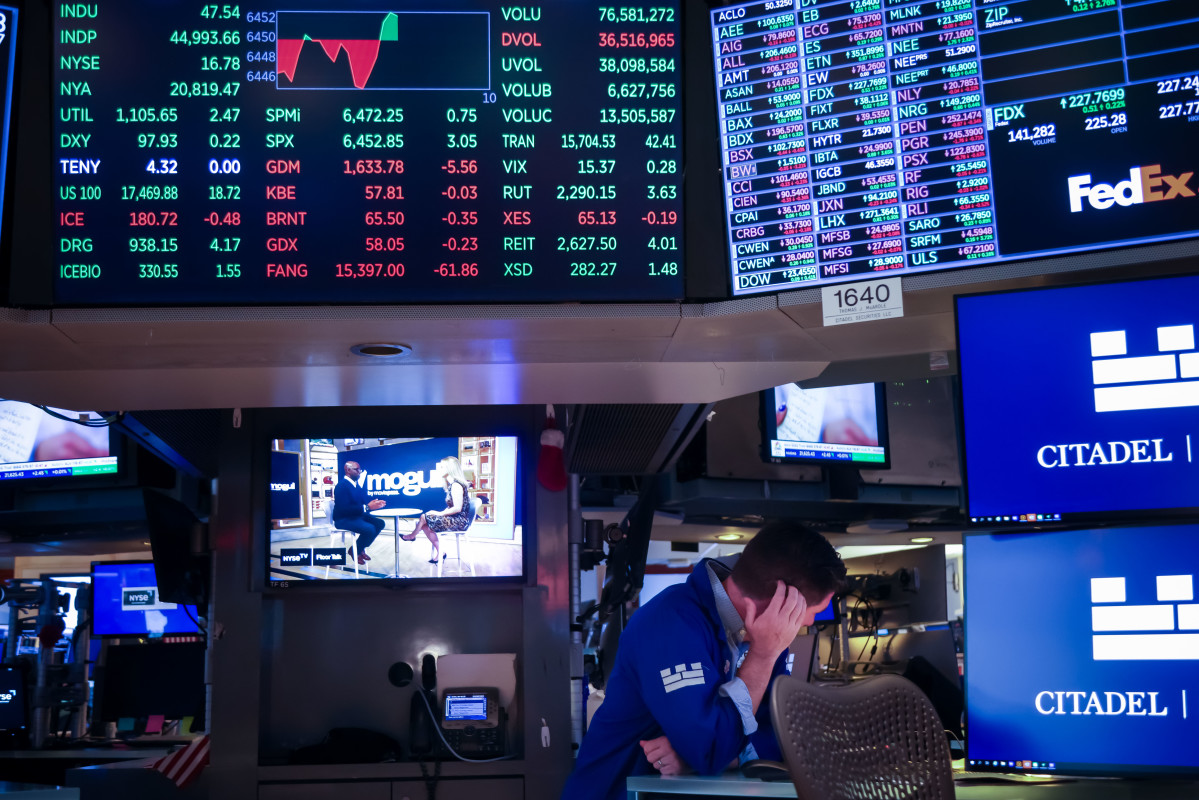Short-bias exchange-traded funds are experiencing strong inflows as investors position for a potential market pullback. These funds, which bet against stock indexes and rapidly growing sectors like technology and artificial intelligence, have become increasingly popular amid lofty prices and growing policy risks. According to data from LSEG Lipper, global short-bias funds attracted $3.7 billion in September, marking the largest monthly inflow in almost three years. Of this total, U.S. funds accounted for $2.2 billion, while Japanese and South Korean funds saw inflows of $653 million and $424 million, respectively. An additional $1.4 billion has flowed into these funds so far this month.
Historically, increased investment in short-bias funds has coincided with periods of market stress, generating substantial gains during the 2008 financial crisis when broader market funds struggled. While not always predictive of downturns, the growing allocation to funds that profit from falling markets is considered an indicator of investor apprehension, particularly as valuation risks accumulate. This year, the surge in equities, driven by optimism surrounding AI and the performance of megacap tech companies like Nvidia, Microsoft, and Oracle, has propelled major indexes to new heights.
Despite the strong market performance, a growing number of warnings about the potential for a market correction have emerged. The Bank of England has highlighted increasing risks of a market reversal, citing U.S. auto credit stress and political impasses in France and Japan. The International Monetary Fund and JPMorgan Chase have also cautioned about the risks of significant corrections in equity markets. Notably, the Direxion Daily Semiconductor Bear 3X Shares has seen inflows of $255 million in October, followed by $200 million into the ProShares UltraPro Short QQQ and $143 million into the ProShares Short S&P 500.


